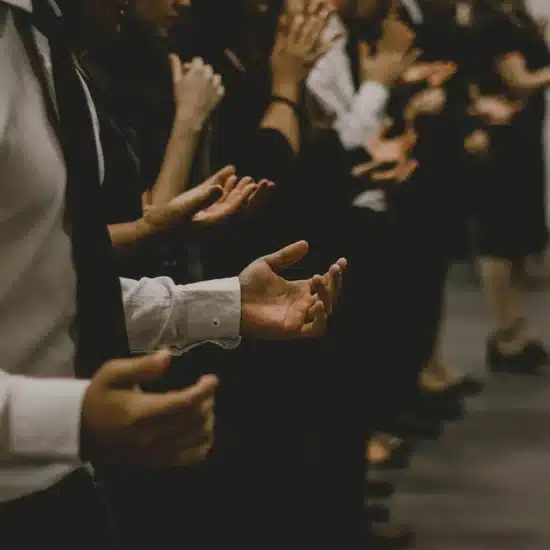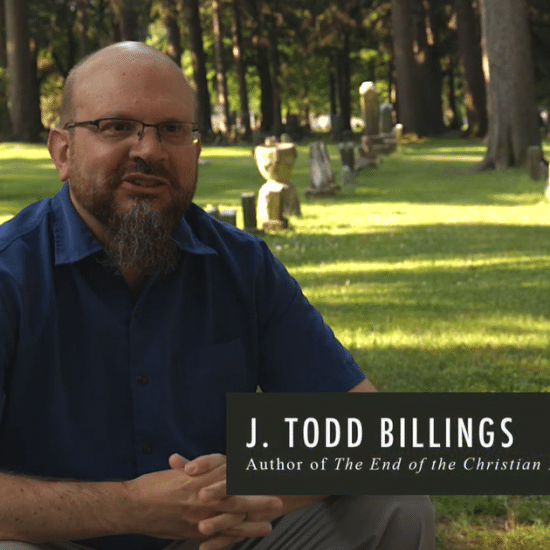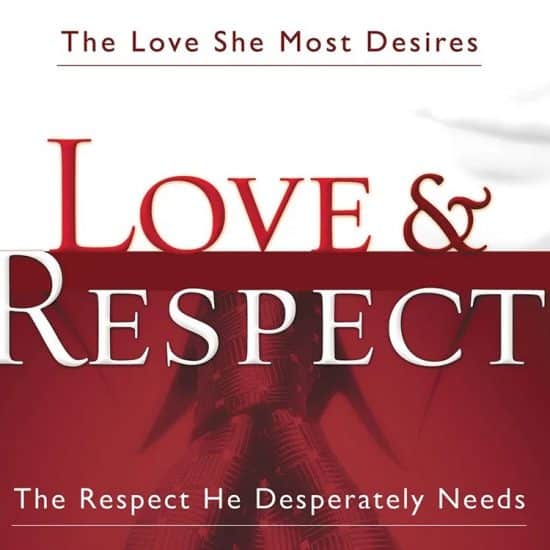Marriage is a “dying institution,” actress Cameron Diaz claimed recently. And the movie star’s assertion hit a nerve.
“I think we have to make our own rules,” Diaz said in the June issue of Maxim magazine. “I don’t think we should live our lives in relationships based off of old traditions that don’t suit our world any longer.”

|
She isn’t alone. Fox News expert Keith Ablow roiled conservative viewers by not only applauding Diaz but adding that in his clinical judgment, “marriage is—as it has been for decades now—a source of real suffering for the vast majority of married people.”
Diaz, 38, who famously has dated celebrities Justin Timberlake, Matt Dillon and most recently New York Yankees slugger Alex Rodriguez, recently shared with Elle Magazine: “I think a lot of people are married to people that they’re not romantic with anymore. I just didn’t ever marry anybody that I then had to get divorced from. We break up. We move on.”
A conference in April by the conservative think tank Ethics and Public Policy Center examined “a retreat from marriage” over the last 50 years.
Bradford Wilcox of the National Marriage Project at the University of Virginia said the United States “has witnessed a dramatic retreat from marriage, marked by the declining role of marriage as the anchor for the adult life course and the publicly recognized vehicle for lifelong love, sex and the bearing and rearing of children.”
Fewer adults are getting married. The percentage of middle-aged adults who are married has declined from about 88 percent in 1960 to about 66 percent today. Divorce has more than doubled since the 1960s but recently has seen a slight decline, attributed in part to the fact that more and more couples are living together without getting married.
Statistics just reported from last year’s census show that for the first time, married couples are the minority in America, accounting for 48 percent of all households. That’s down from 52 percent 10 years go. The number of opposite-sex couples who opt to live together without getting married is 7.5 million, up 13 percent from 2009.
A May Gallup Poll found 60 percent of Americans now believe it is morally acceptable for an unmarried man and woman to have sex, while 36 percent believe it is morally wrong. More than half, 54 percent, said it is OK for a man and woman to have a baby outside of marriage, compared to 36 percent who said it is morally wrong.
Nearly seven in 10, 69 percent, said divorce can be morally acceptable, compared to 23 percent who disagreed. Just 11 percent, however, said it is OK for a married person to have more than one spouse at a time and 91 percent said that it is immoral for a married man and woman to have an affair.
Cohabitation is competing with marriage not only as a place for sex but more and more for child-bearing, Wilcox said. Fifty years ago, 5 percent of children were born out of wedlock. Today, 41 percent are born outside of marriage.
The retreat from marriage has hit poor and working families harder than folks with a college degree, Wilcox said. In a December study done with the Center for Marriage and Families at the Institute for American Values, Wilcox found that among the affluent, marriage is stable and perhaps getting even stronger. Among the poor, marriage continues to be fragile and weak.
But the “newest and perhaps most consequential marriage trend” he said, is that marriage is foundering among “Middle Americans,” those with a high-school diploma but not a college degree.
“In the early 1980s, only 2 percent of babies born to highly educated mothers were born outside of marriage, compared to 13 percent of babies born to moderately educated mothers and 33 percent of babies born to mothers who were the least educated,” the study reported. “In the late 2000s, only 6 percent of babies born to highly educated mothers were born outside of marriage, compared to 44 percent of babies born to moderately educated mothers and 54 percent of babies born to the least-educated mothers.”
Wilcox said the children of highly educated parents now are more likely than in the recent past to be living with their mother and father, while children with moderately educated parents are far less likely to be living with their mother and father.
That trend, he said, has implications for child-rearing. Studies show boys are about twice as likely to end up in prison by the time they turn age 32, if they don’t have their father in the household.
The less a dad is around in the early years of a girl’s childhood, the more likely she is to become pregnant as a teenager. The risk doubles if the dad leaves while she is in school. If he leaves before she turns 6, it increases to seven times.
Children also are more likely to suffer physical, sexual or emotional abuse if they don’t grow up in an intact married family.
The retreat from marriage affects religion, because religion and marriage seem to go together, Wilcox observed. Having children tends to lead parents either to return to church or become active for the first time, while houses of worship play a key role in the moral education of kids.
“We know that congregations tend to offer social, religious and moral support to marriage,” Wilcox said. “People often are looking for that when they get married.”
Religious congregations “offer marriage-centered social networks that can be valuable to couples who are looking for other folks to kind of help them through the joys and challenges of married life,” he said.






